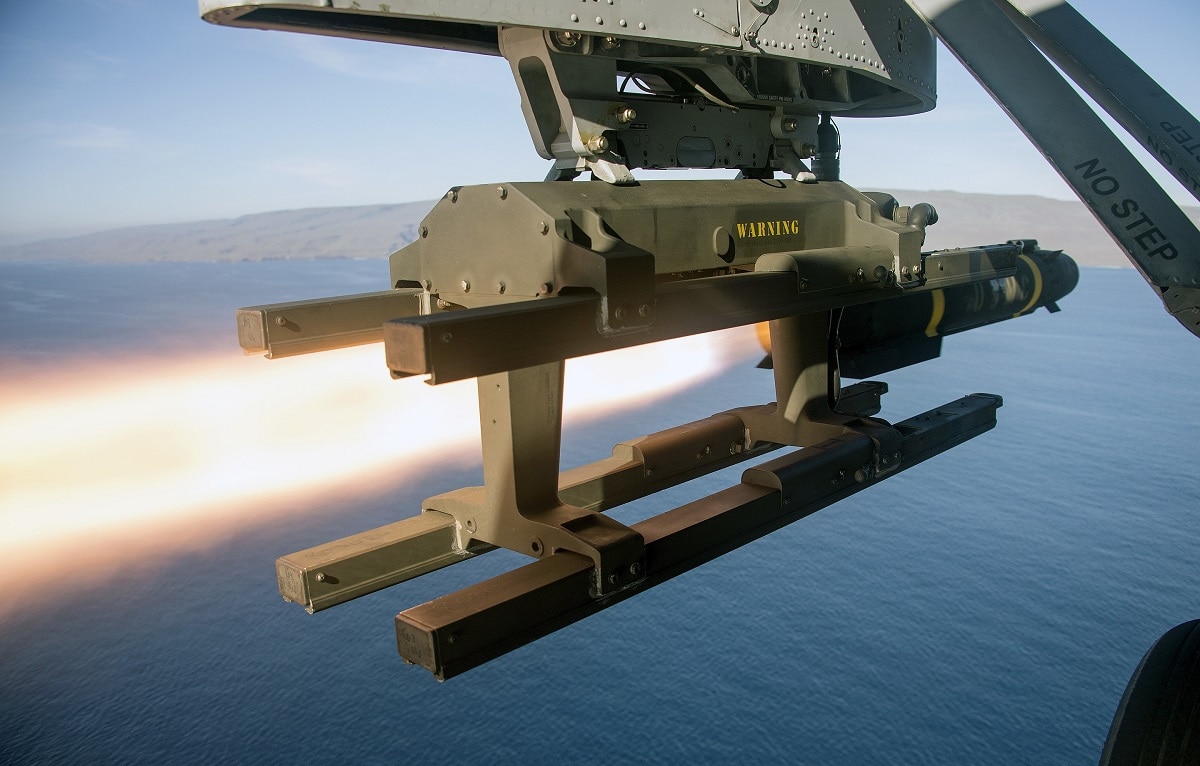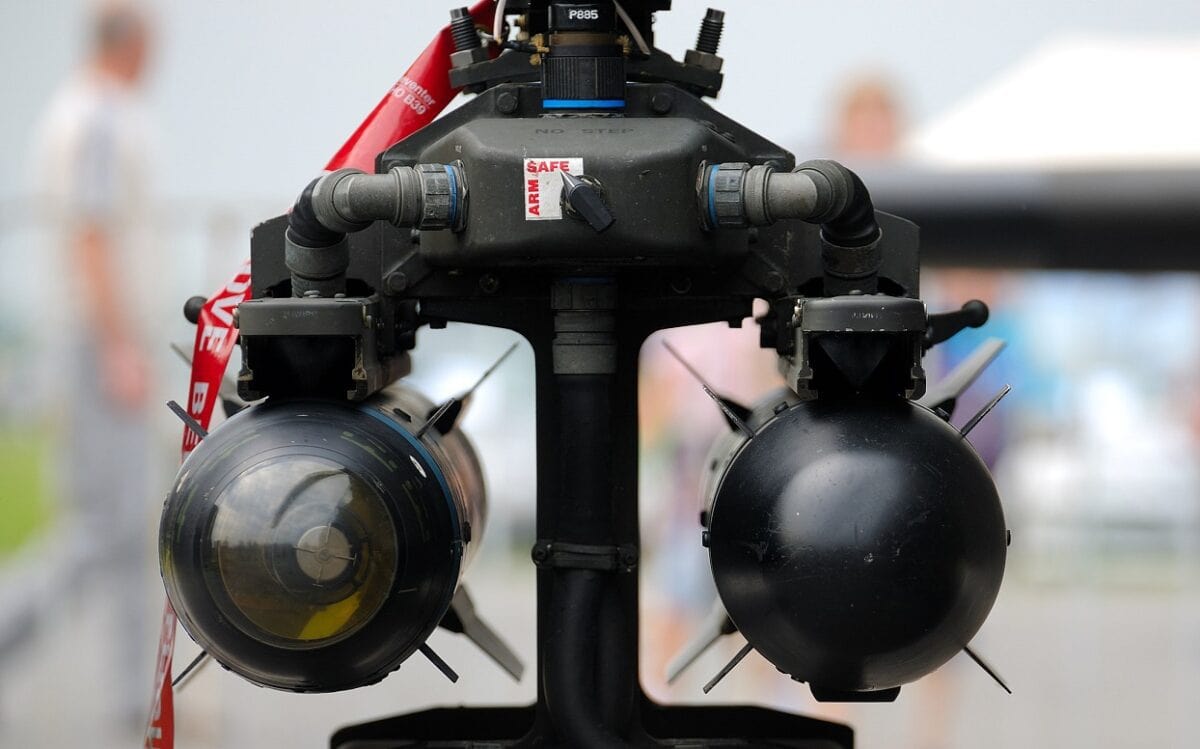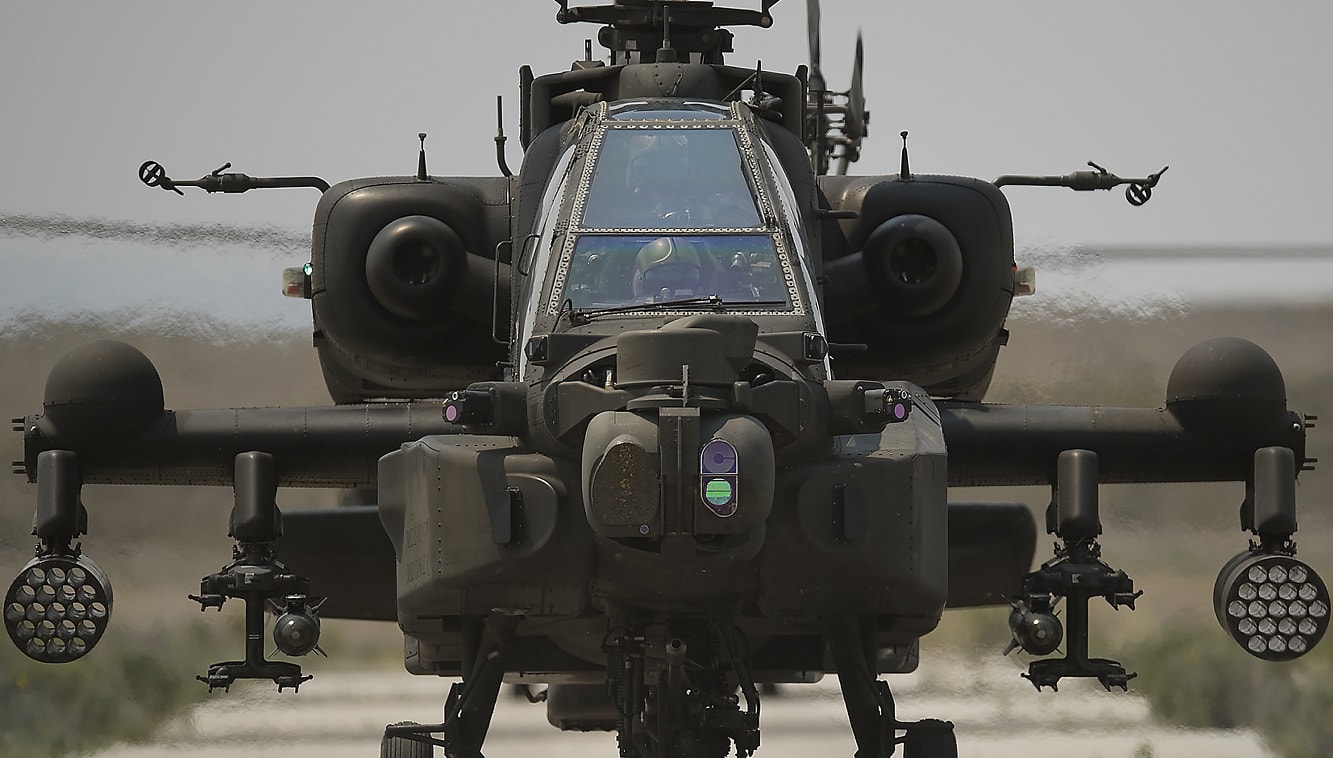Australia’s AH-64 Apache attack helicopters and drones are likely to get a powerful punch: U.S.-made Hellfire anti-tank missiles.
The U.S. State Department’s Defense Security Cooperation Agency (DSCA) has approved the sale of up to 800 AGM-114R2 missiles. The $108 million Foreign Military Sale (FMS) includes spare parts, training and other support.
“This proposed sale will improve Australia’s capability to meet current and future threats by enhancing the Australian Army’s armed reconnaissance and anti-tank warfare mission capabilities,” according to announcement by DSCA, which must certify the sale to Congress before it can be finalized.
“This proposed sale will support the foreign policy and national security objectives of the United States Australia is one of our most important allies in the Western Pacific. The strategic location of this political and economic power contributes significantly to ensuring peace and economic stability in the region. It is vital to the U.S. national interest to assist our ally in developing and maintaining a strong and ready self-defense capability.”
The Royal Australian Navy already uses Lockheed Martin AGM-114N missiles on its MH-60R Seahawk helicopters, illustrating the Hellfire’s versatility against ships as well as armored vehicles. But the AGM-114R – the “Romeo” version in the phonetic alphabet – is designed to be launched from UAVs and other platforms, according to the U.S. military. The missile features semi-active laser seeker guidance system and a three-axis inertial measurement that enables the launch aircraft to engage targets behind and to the sides without having to pivot the aircraft in that direction. The Romeo variant also consolidates and replaces previous variants with a single missile armed with a multipurpose warhead effective against an array of targets, including targets inside buildings.
While the DSCA certification doesn’t explicitly mention this, the new Hellfires will probably equip Australia’s new fleet of AH-64E Apache attack helicopters. In June 2021, the DSCA approved an Australian request to purchase 29 Apaches at a cost of $3.5 billion.
More intriguing is whether the new Hellfires will be used by the Loyal Wingman program, a joint project between Australia and U.S. manufacturer Boeing for the first military drone designed and built in Australia. Roughly about the size of a Predator drone, the Loyal Wingman is essentially a robot warplane – its shape somewhat resembles an F-35 stealth fighter – that is designed to accompany and support manned aircraft, which includes destroying enemy air defenses and even hostile aircraft.
As an island nation at the bottom of the world, Australia isn’t likely to have repel waves of enemy tanks. But in the face of growing Chinese power in the Pacific – power which some Australians fear might be projected into Australia’s maritime backyard – Hellfires would be useful against surface ships, small boats, and missile batteries on Pacific islands.

An AGM-114B Hellfire missile is launched from an MH-60S Seahawk helicopter, attached to Helicopter Sea Combat Squadron Eight (HSC-8), during a live fire exercise in San Clemente, Calif., Feb. 4, 2015. HSC-8 provides vertical lift Search and Rescue, Logistics, Anti-Surface Warfare, Special Operations Forces Support, and Combat Search and Rescue capabilities for Carrier Air Wing Eleven (CVW-11) in support of the USS Nimitz (CVN-68) and Carrier Strike Group Eleven (CSG-11) operations. (U.S. Navy photo by Mass Communication Specialist 2nd Class Daniel M. Young/Released)

Hellfire Missile. Image Credit: Creative Commons.
A seasoned defense and national security writer and expert, Michael Peck is a contributing writer for Forbes Magazine. His work has appeared in Foreign Policy Magazine, Defense News, The National Interest, and other publications. He can be found on Twitter and Linkedin.

